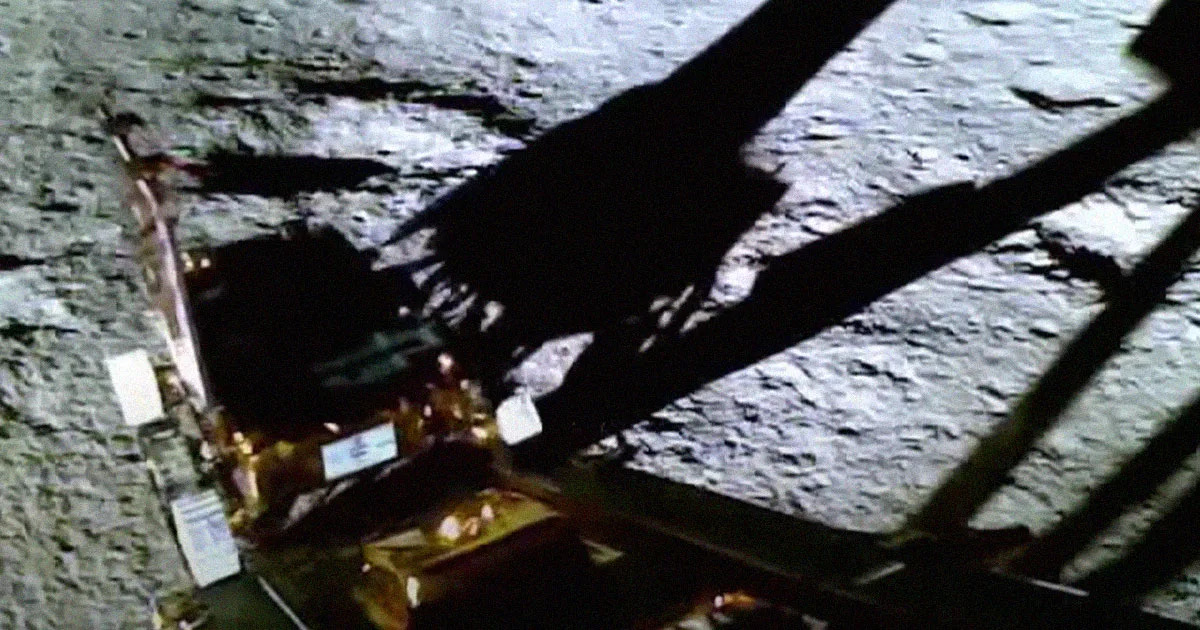Andrew Learmonth
Fri, 25 August 2023

Scottish Government promise to fund more statues of women paused
The Scottish Government has blamed the "financial restrictions of devolution” after ministers delayed plans to build more statues of women.
In the party’s manifesto ahead of the 2021 Holyrood election, the SNP promised to "create a new £2 million fund for public artwork which broadens the range of representation in public spaces of Scotland’s history and culture, in particular the contribution of women and minority ethnic communities."
However, Angus Robertson, the Cabinet Secretary for Culture recently admitted that two years on from the vote, ministers still did “not have a confirmed timeframe at this time for when the fund will be actively in place.”
READ MORE: Scotland 'on the cliff-edge of a cultural recession'
There have long been calls for more public artwork to celebrate women and people of colour who have made an impact on Scotland.
It's thought there are just over 20 statues of women across Scotland.
Four of those are symbolic rather than dedicated to a historic figure, while five are of Queen Victoria.
In Edinburgh, there are just two statues of women, Queen Victoria and Helen Crummy, who founded the Craigmillar Festival Society.
There are, however, five statues of dogs in the capital.
In Perth, there are more statues of fish, than there are of women.
Conservative MSP Sharon Dowey wrote to Mr Robertson over the summer to ask for an update on the manifesto commitment.
In reply, the minister said: “The Scottish Government values the importance of culture and the arts in nurturing creativity and wellbeing and towards the cultural, social and economic life in communities across Scotland.
“However, due to the effects of the pandemic and the current cost crisis facing the culture sector along with the challenging outlook for public expenditure, the Scottish Government does not have a confirmed timeframe at this time for when the fund will be actively in place.”
READ MORE: More than 500 arts organisations apply for multi-year funding
Ms Dowey said she was disappointed with the minister’s reply.
She told The Herald: “The £2 million public artwork fund that the SNP promised in their 2021 manifesto is yet another promise they have failed to deliver on.
“This isn’t the first time the SNP have turned their back on the arts, and I’m disappointed to see yet another commitment has been kicked into the long grass.”
A Scottish Government spokesperson said: “The Scottish Government values the importance of culture and the arts in nurturing creativity and wellbeing and their contribution towards the cultural, social and economic life in communities across Scotland.
“We are committed to broadening the range of people represented in Scotland’s public places, in particular the contribution of women and ethnic minorities.
“It is our aim to bring this policy forward within this parliament. However, due to the cost crisis the Scottish Government has had to make difficult choices to live within our largely fixed budgets.
"Our ability to respond to the cost crisis is limited by the inactivity of the UK Government and the financial restrictions of devolution.”
There has been some progress in recent years. In 2018, a statue of Mary Barbour, a key figure in the 1915 Rent Strikes, was unveiled in Govan.
Plans to honour Dr Elsie Inglis, one of Edinburgh’s most famous feminists with a statue on the Royal Mile have been put on pause after a scandal last year over the choice of sculptor.
The charity behind the push for the statue suspended an open competition to find an artist and appointed the royal sculptor Alexander Stoddart instead, sparking uproar from artists on social med











